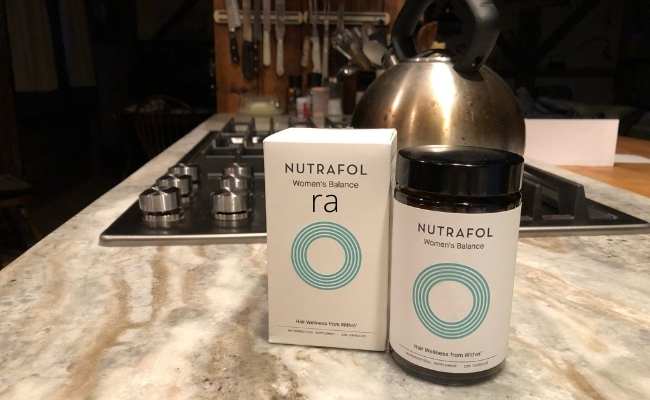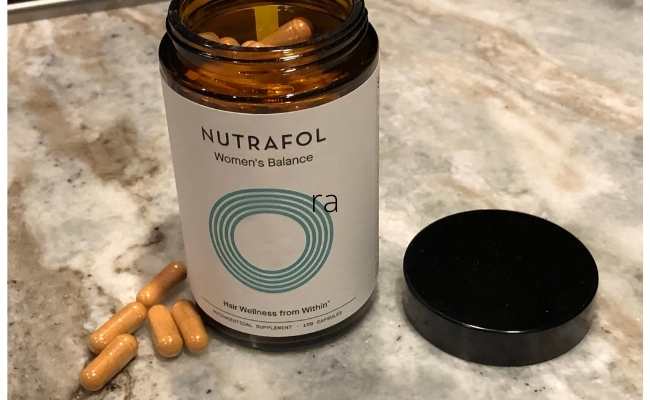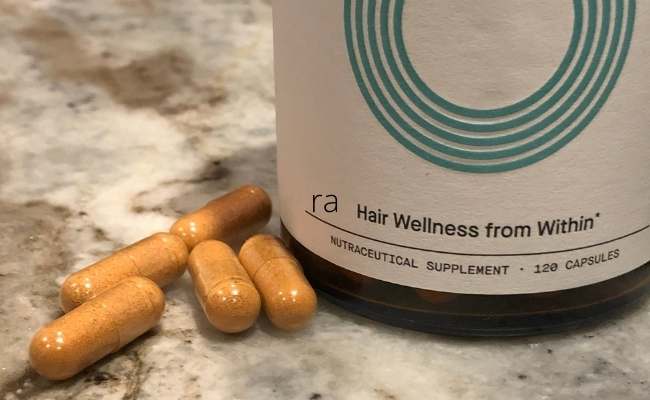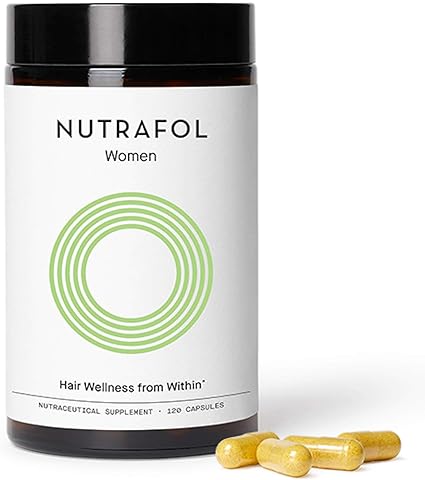Table of Contents
Older Women & Hair Loss: Why, When, & What To Do
Frustrating and embarrassing hair loss in women over 50 is common. Aside from shoes, handbags, and jewelry, the ultimate accessory that women wield to convey their style and personality more than all three combined is their hair.
How we choose to wear our hair is very much a statement of our identity, which can go a long way in letting others know who we are. Unfortunately, the subject of older women and hair loss is an all too common phenomenon that is known to affect most women, but more so as we grow older. This may result in a significant hit to your self-esteem, coupled with general confusion on what to do about it. But there’s no need to panic. Just as there are an infinite number of ways to express yourself through your hair, there are just as many methods to first understand and then properly manage hair loss.
How to Identify Age Related Hair Loss
As mentioned previously, hair loss is actually a lot more common in women than most people think. Despite this mainly affecting men, up to 45% of women will experience some form of hair loss throughout their lives, though what causes this tends to change as you age. Typical hair loss occurs everyday in the form of loose strands of hair that attach themselves to the teeth of your combs as you brush out your locks, or maybe the hairs you find lying on your shirts and pillows. The average person sheds around 50 to 100 hairs a day, so if you notice any of these things, there’s nothing to worry about. Shedding is a natural part of the hair cycle, in which old hair falls away so that new ones can sprout up to take its place.
Hair loss occurs when this balance is interrupted and more hair falls out than it grows in. You’ll be able to detect actual hair loss when you observe excessive clumps that come away while being brushed or in the shower. Unlike men, women don’t get receding hairlines or bald spots. Instead, their crowns will visibly thin out, or you might note that your hairline parting has become wider or that your ponytails are less full. If you are struggling with any of the above, immediately consult with your dermatologist so that they will be able to assess the level or condition of your hair loss and provide options for treatment.
At What Age Do Women Start Losing Their Hair?
As you hit your late 40s and 50s, hair loss becomes more of a recurring issue. For most of us, genetics plays the biggest role in how fast or slow our hair loss will escalate. You can inherit hair loss genes from one or both of your parents, and hereditary hair loss usually hits at the age of 40. This looks a bit different on women than it does on men. For example, you’ll start to notice a gradual thinning of the hairline, one that progresses slowly over the years. Without treatment, this could eventually thin out the entire scalp.
Hair Loss and Menopause
Related to genetics is the ever-pesky menopause, which happens naturally once women hit their late 40s. Menopause contributes to the drop in estrogen levels that result in hair becoming more brittle and which impedes the hair growth cycle. If you are susceptible to hereditary hair loss, then menopause will only may accelerate it. Another possible reason is due to inflammation which destroys hair follicles and leaves scarring, making the hairline above the forehead recede. For some women, the results of hair loss and menopause may also apply to losing their eyebrow hair.
Lastly, certain medications and vitamin deficiencies can also cause hair loss. If you lack vitamin D, zinc, and iron in your diet, these are nutrients that are especially relevant when it comes to hair growth and health. When taking prescriptions for conditions such as high cholesterol, high blood pressure, or acid reflux, it’s advisable to talk to your doctor, as some of these pills can include hair loss as a side effect. Hair loss due to medical reasons will appear in the form of a general thinning of the hair with no apparent pattern. Medications for conditions such as rheumatoid arthritis can also cause hair loss.
Hair Loss Treatments
Minoxidil
Minoxidil is a topical medication approved by the FDA to combat female-pattern hair loss. (Rogaine for older women is a popular treatment) This is a foam treatment that’s used once a day, and it boasts hair regrowth in up to 80% of the women who have tried it over a span of three to four months.
Minoxodil works by prolonging the growth phase the hair cycle, allowing more time for the hair to reach its full density. Similarly, hereditary hair loss may also be treated with prescription medication that can be found at the dermatologist’s office.
Supplements
On the other hand, if you suspect that your hair loss is mainly due to vitamin deficiencies, immediately alter your diet and take additional iron supplements as recommended by a physician. For hair loss due to menopause, some doctors will recommend hormone replacement therapy for either estrogen or progesterone.
I used Rogaine for some time, which actually worked pretty well. (I preferred the liquid over the foam), but stopped using it after a year and a half or so. Recently I ordered Nutrafol, which is a supplement designed for women in perimenopause or menopause. My hair is very fine and also thin, so experiencing age related hair loss is something I am not too keen on. We’ll see how it goes!
Winner of Allure’s 2018 Best of Beauty Breakthrough Award and recognized as a best-in-class hair growth solution by Harper’s Bazaar, New Beauty, and Essence. Trusted by over 2,500 doctors and dermatologists.
Hair Transplant
Another viable, albeit costly, option is a hair transplant, in which a strip at the back of the scalp is removed and used to fill in a bald patch. These grafts will then be planted on the scalp with enough room for hair follicles to grow in a natural manner. Consult with your dermatologist to see if a hair transplant is a possibility for you.
Hair loss may not be unusual, but there’s no doubt that it can heavily impact your self-esteem and how you carry yourself. But by understanding the underlying causes behind it and working to rectify them, you’ll hopefully be able to mitigate the signs of hair fall in order to continue to carefully style and express yourself for many more years to come.
Winsome To Wisdom is a participant in the Amazon Services LLC Associates Program, an affiliate advertising program designed to provide a means for sites to earn advertising fees by advertising and linking to Amazon.com





